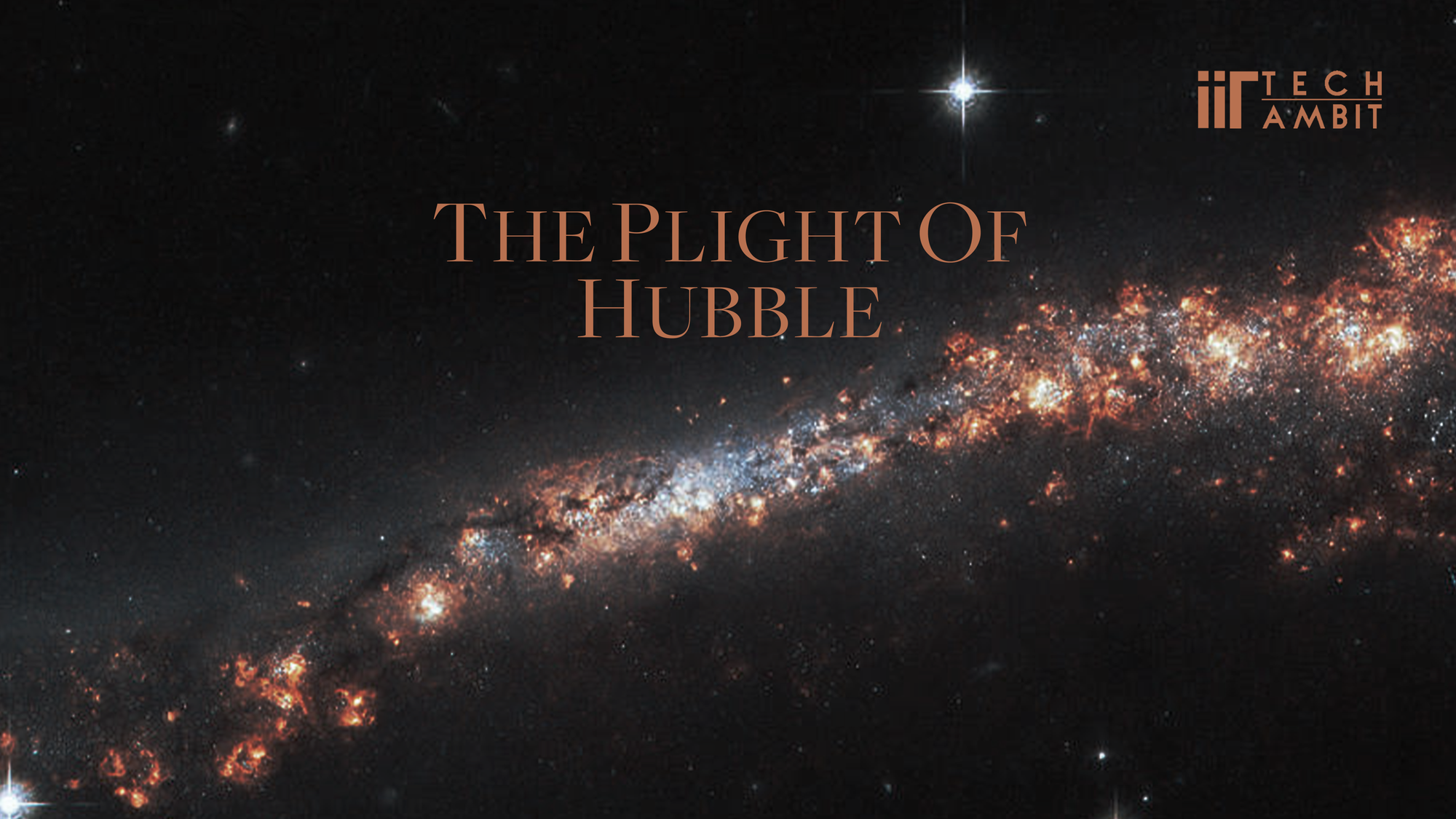Background
Since its launch in April 1990, NASA’s flagship space based telescope Hubble has paved the way for many groundbreaking discoveries and has completely transformed our understanding of the Cosmos. The Space based Observatory which is of the size of a School bus orbits earth far above the atmosphere with a speed of over 17,000 miles per hour and at an altitude of 340 miles.
Named after the American astronomer Edwin Powell Hubble (1859-1953) - the first person to observe the expanding nature of Universe, Hubble has been carrying deep space explorations and delivering extremely valuable scientific data and images from distant corners of the universe.
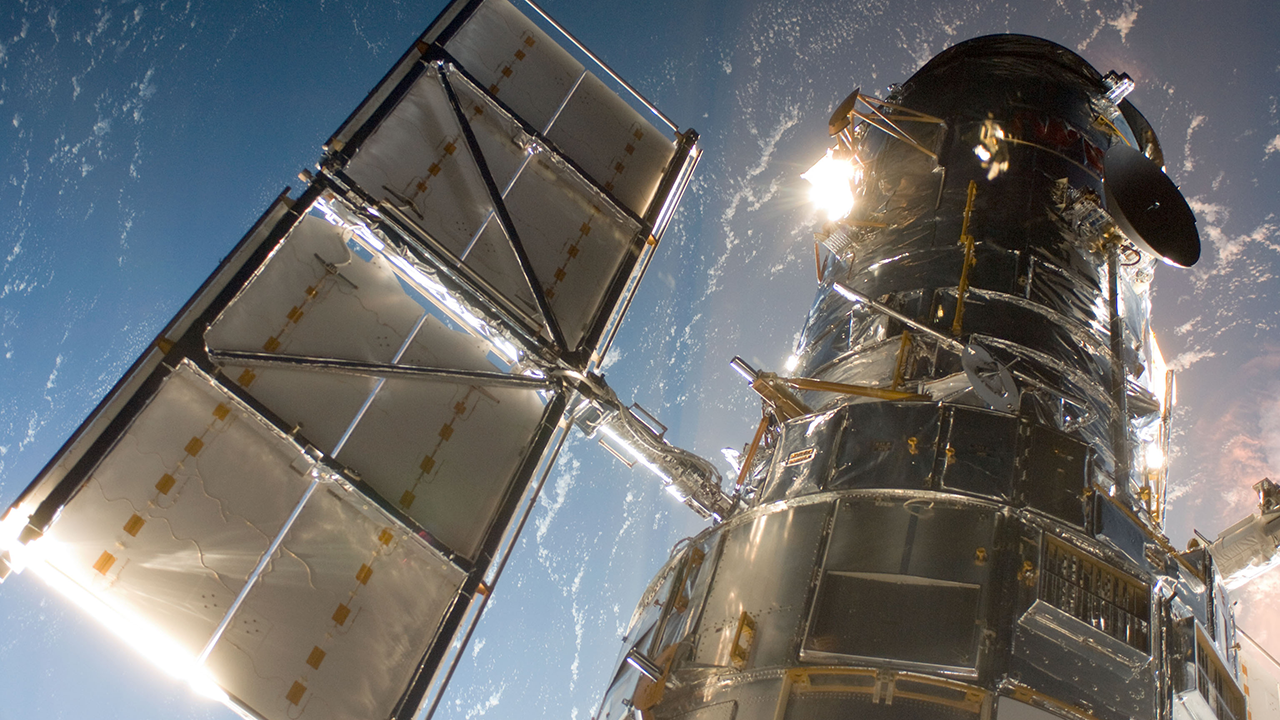
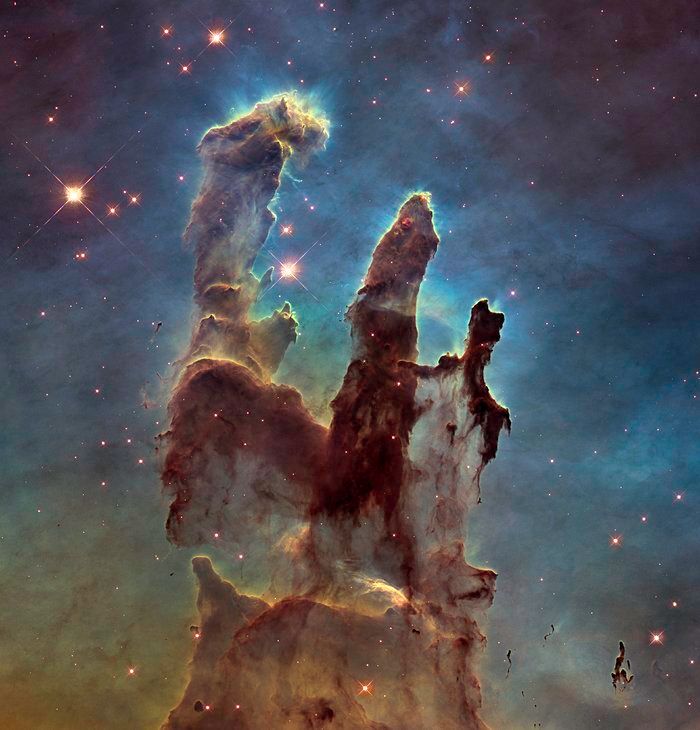
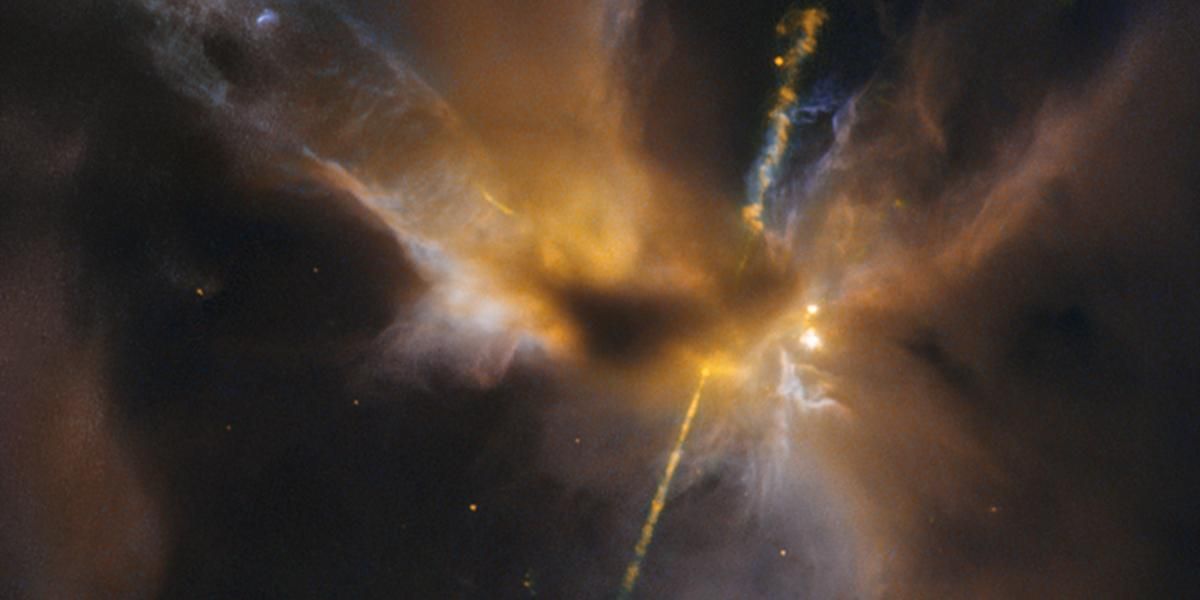
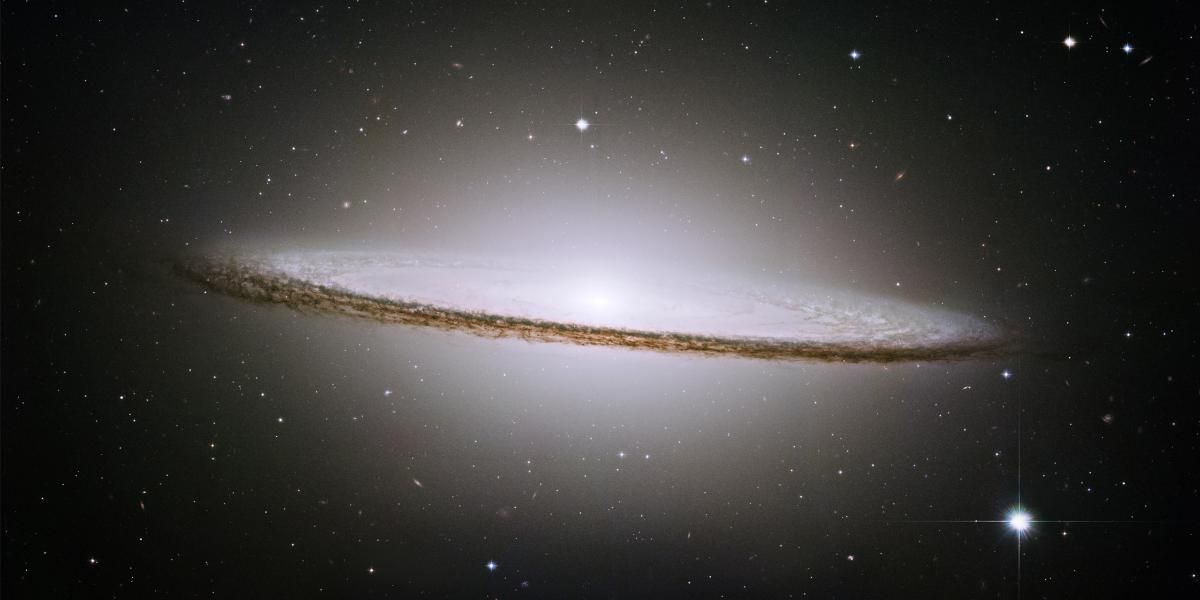
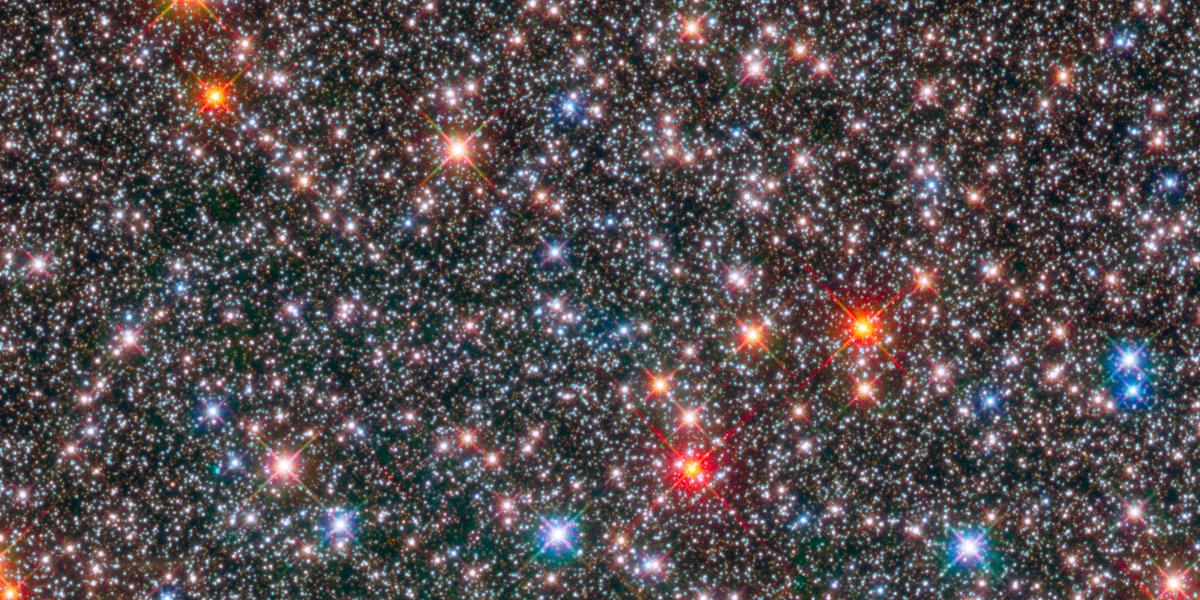
The range of light which can be detected by Hubble extends from the ultraviolet region to the near-infrared region of the electromagnetic spectrum of light enabling it to observe distant stars and galaxies and other astronomical objects. Over its journey, Hubble has tracked interstellar objects soaring through our galaxy, watched a comet (comet Shoemaker-Levy 9 in 1994) collide with Jupiter, and discovered moons around Pluto which were earlier unknown. Perhaps the most fascinating achievements of Hubble have been determining the rate of expansion of universe and to look back into our universe’s distant past, to locations more than 13.4 billion light-years from Earth, capturing various galaxies and super-massive black holes.
However, Hubble hasn't been able to send any data since june 13 2021 owing to a suspected fault in the computer memory system halting the telescope's operations. While NASA continues to diagnose the cause of the problem, Hubble has been placed in a safe mode.
Hubble is equipped with two payload computers (the payload is the part of the transmitted data that is the actual intended message excluding headers and metadata) which were built in the 1980’s and are located on the Science Instrument and Command and Data Handling (SI C&DH) unit. One of the two payload computers serves as a backup. These two payload computers perform functions involving the processing and storing of operational commands, coordinating and maneuvering the telescope's scientific instruments, and establishing and aiding communications between different components of the spacecraft and transmitting data back to earth. NASA performed a multi-day test of procedures to turn on the Backup unit for the first time on June 23 and 24 but unfortunately for Hubble, the problem persisted with the backup computer too.
“The latest attempt to revive the telescope revealed that both the primary and backup computers are experiencing the same error, which is suggestive of the issue lying somewhere else”, NASA’s official statement read.
These events led to the technical team investigating other hardware for faults including the formatting and transmitting data module (Command Unit/Science Data Formatter ) and the power regulator, responsible for providing constant voltage.

Hubble's lifetime as well as its technological capabilities have improved immensely over the course of its journey so far. This has been achieved majorly by replacing and upgrading its aging parts through various space shuttle missions (five in total) carrying astronauts to Hubble to repair and upgrade its parts. However, with space shuttle Atlantis retiring in July 2011, such servicing missions for the three decade old observatory now seem less plausible. It remains to be seen how long can Hubble survive with its three decades old technology and hardware. Nonetheless, in its 30 years of operation, Hubble has made groundbreaking observations that have captured humanity’s imagination and deepened our understanding of the cosmos, dark matter and the evolution of universe as a whole. Hopefully, It will continue to do so for years to come.
Hubble's Successor
The James Webb Space Telescope (JWST/Webb) is a US $10 billion joint enterprise by NASA (National Aeronautics and Space Administration), ESA (European Space Agency), and CSA (Canadian Space Agency) which is planned to succeed the Hubble Space Telescope as the largest, most powerful and complex space based telescope ever built and deployed into interstellar space. The telescope which is scheduled to be launched this year in November is equipped with modern scientific instruments and will provide enhanced sensitivity and improved infrared resolution enabling a diverse range of astronomical and cosmological investigations especially using Quasars to understand the formation of early galaxies and interplanetary systems.
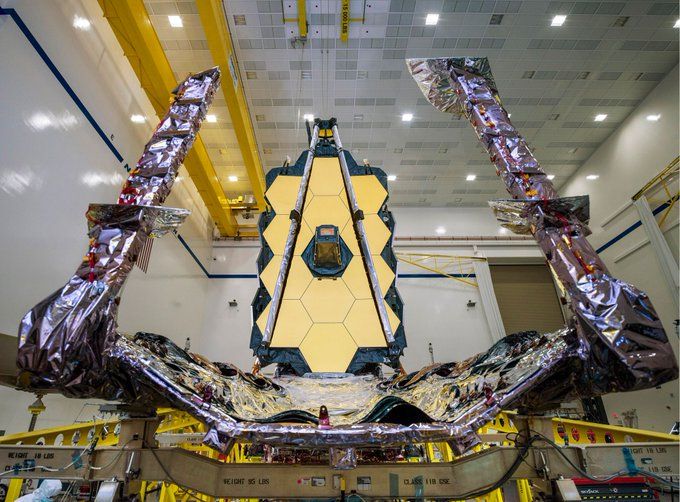
Apart from being equipped with advanced scientific instruments, a sunshield, larger hexagonal mirror, and improved design, it differs from Hubble in the fact that its observational spectrum is narrower and more focused on the lower frequency range (visible and near infrared region of electromagnetic spectrum). This is especially helpful in observing very distant objects which undergo a cosmological redshift (increase in wavelength and corresponding decrease in frequency due to the expanding nature of universe) and hence extreme distant objects are easier to see within the infrared region.
Glossary
Atlantis Space Shuttle | Electromagnetic Spectrum | Metadata | Quasars | Redshift | Shoemaker-Levy 9 | Sunshield (JWST)
References

